Description
Quillons of high copper-content brass with ball finials; conical brass pommel and turned
hardwood grip. Straight single-edged 17″ blade, the last 4″ double-edged; with single fuller
at the back edge and stamped with script “GR” mark on each side (only the “G” remains
on one side). The blade mostly smooth, but some age staining and a few small patches of
light pitting. Overall length 22 3/4″.
Though probably originating around 1550, the plug bayonet had a relatively short span of
use from around 1650-1720 (except in Spain where they were used into the 19th C). Their
rise in popularity largely paralleled the development of standing armies in Europe, which
were realizing the importance of the musketeer, while at the same time not wanting to
wholly abandon the pike. In this sense the plug bayonet can be considered a transitional
weapon. However, despite its use as a dagger on its own, it was soon found to be
impractical since it’s use prevented the musket from being fired. Countless soldiers also
found great difficulties in removing a stuck plug bayonet from the muzzle, rendering the
musket useless as a firearm. Many were damaged while being removed and as a result
relatively few survive. For these reasons it was soon superseded by the socket bayonet,
which did not affect the musket’s ability to fire and could much more easily be removed.

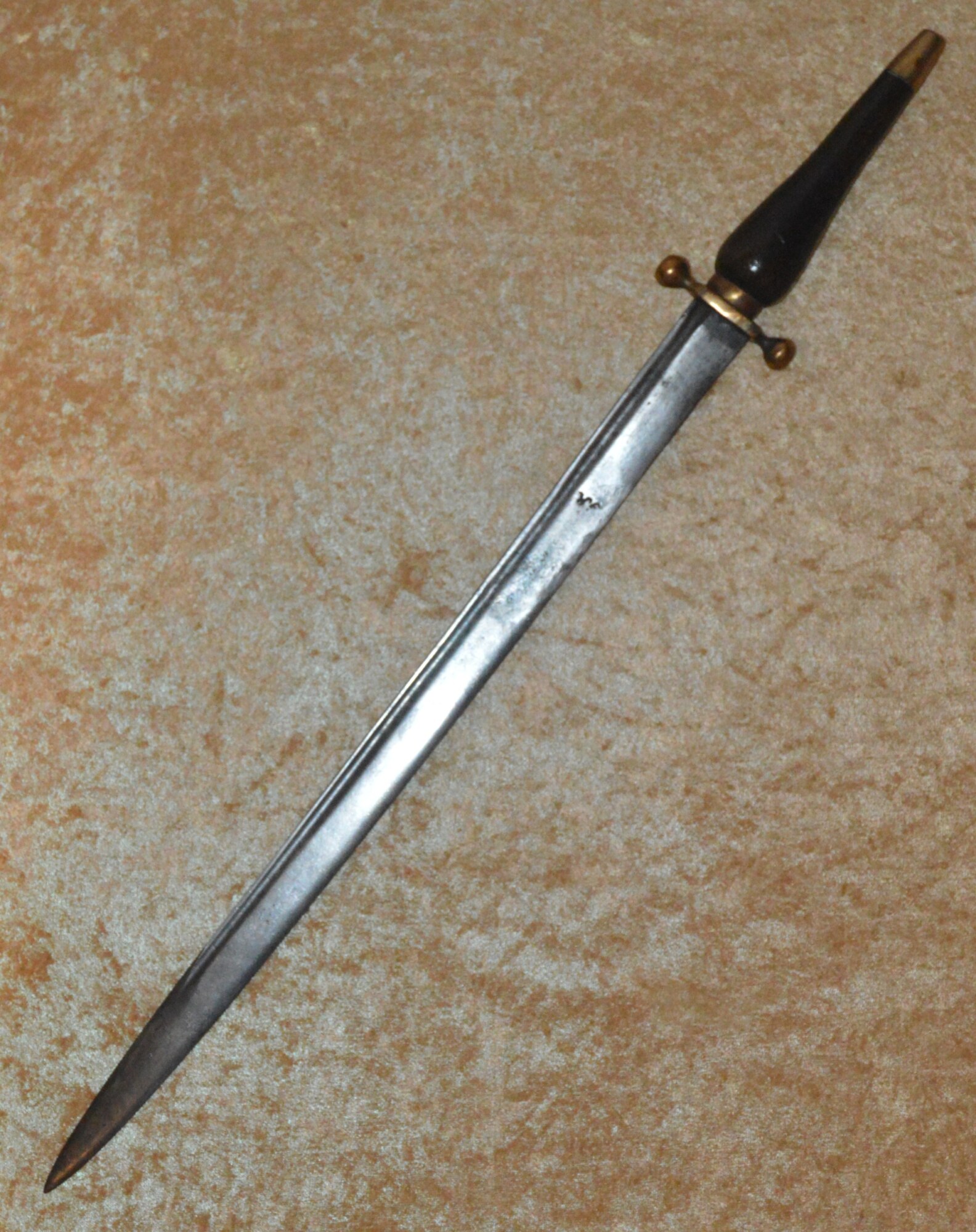
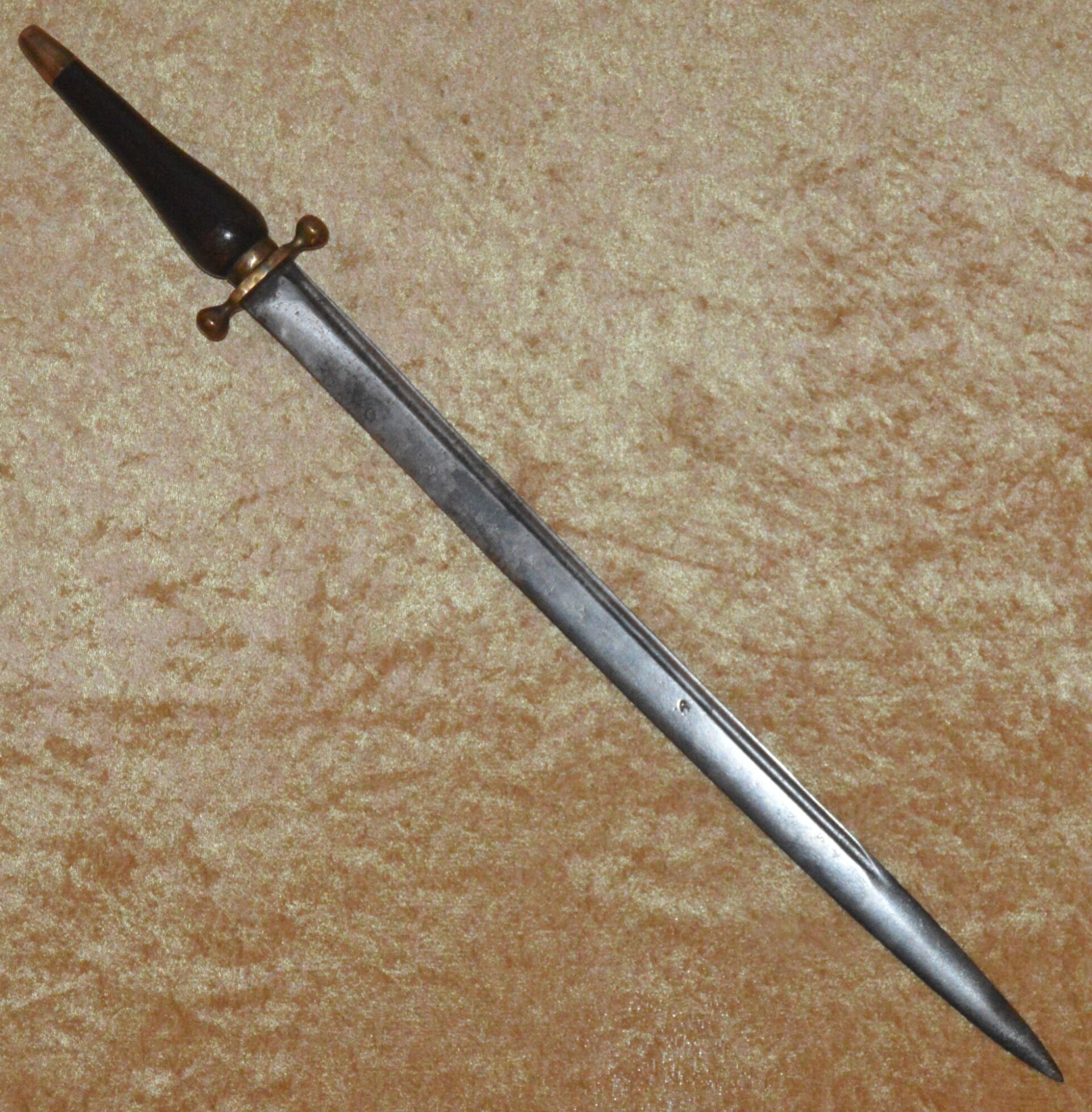




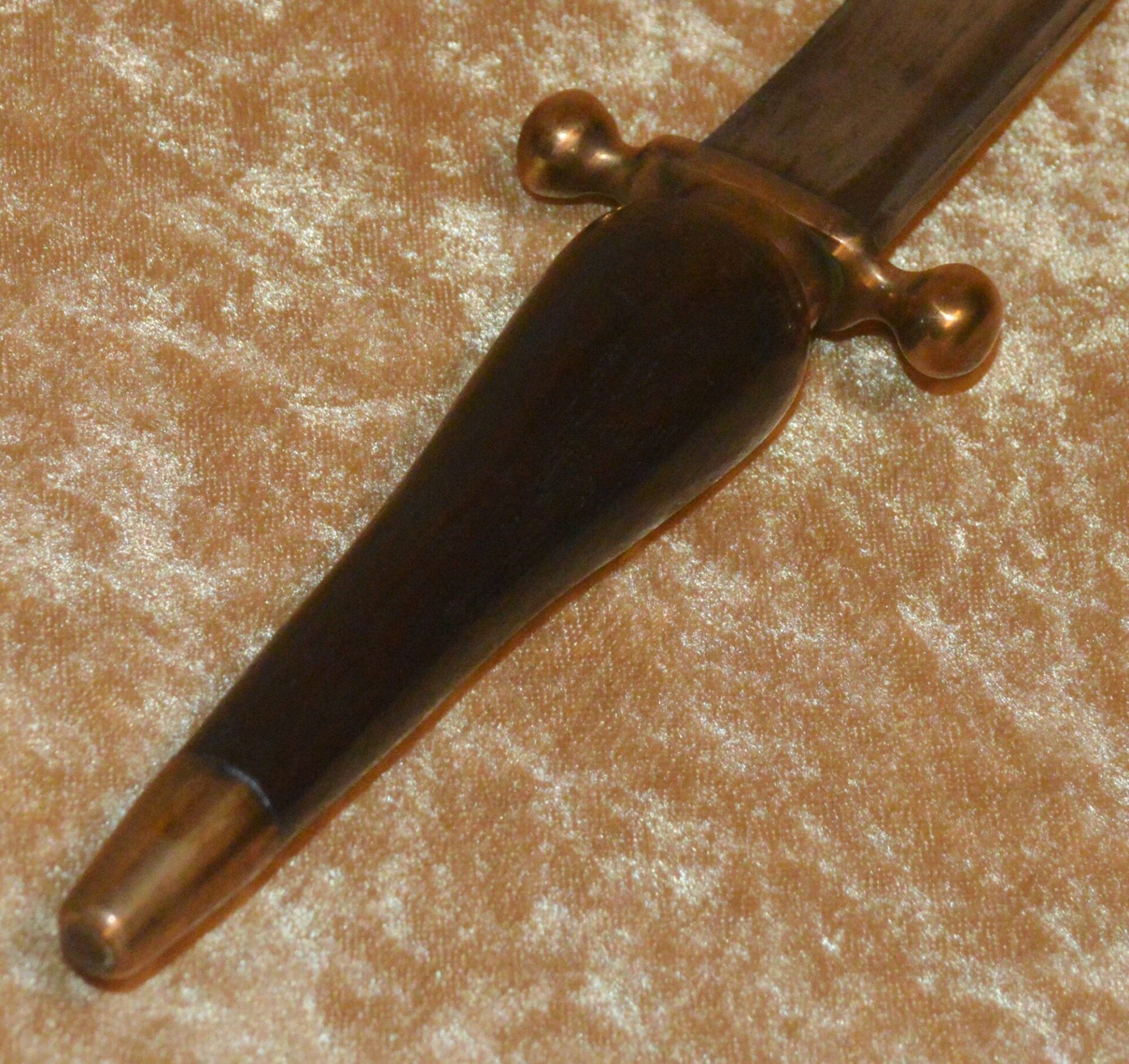
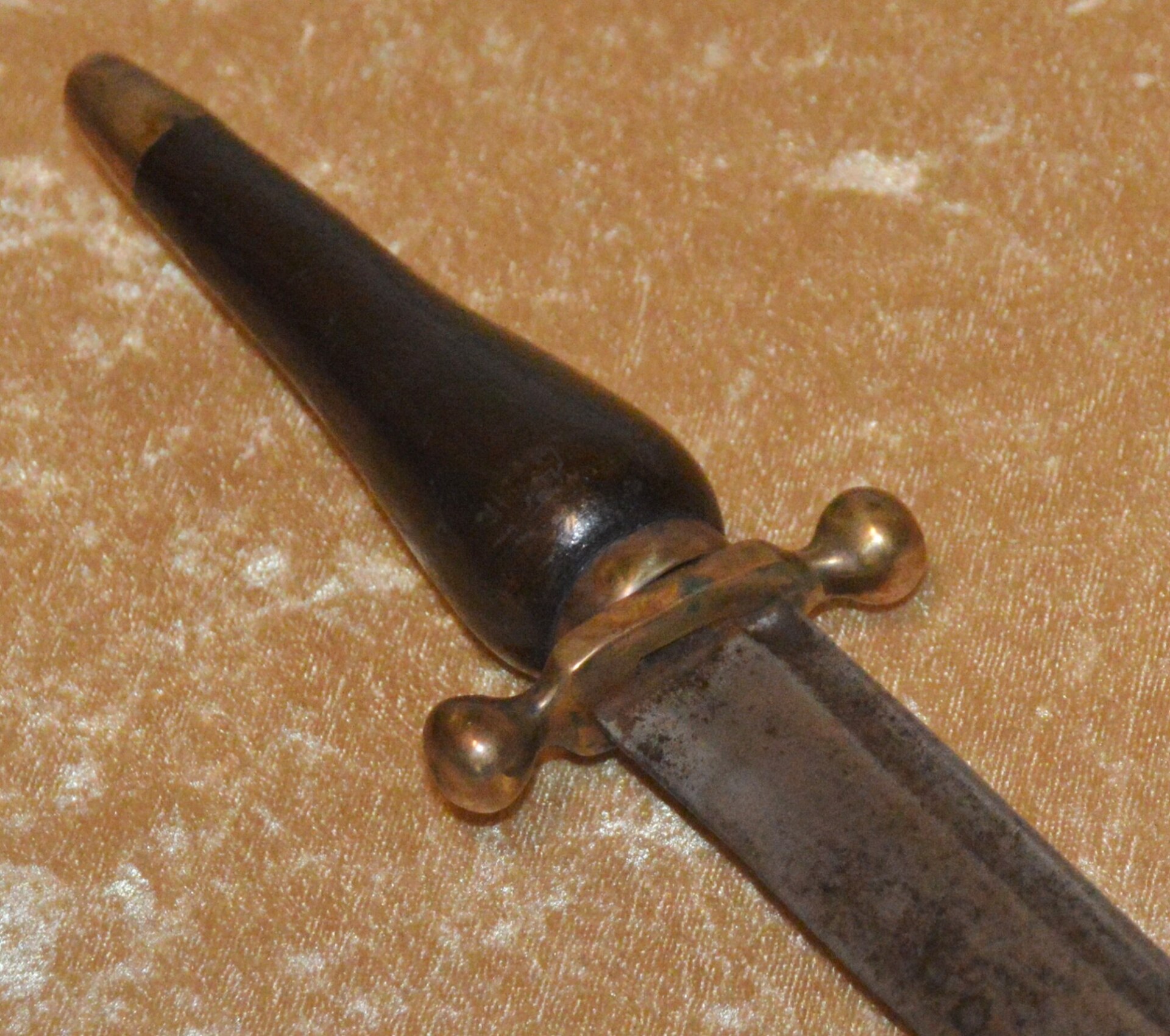
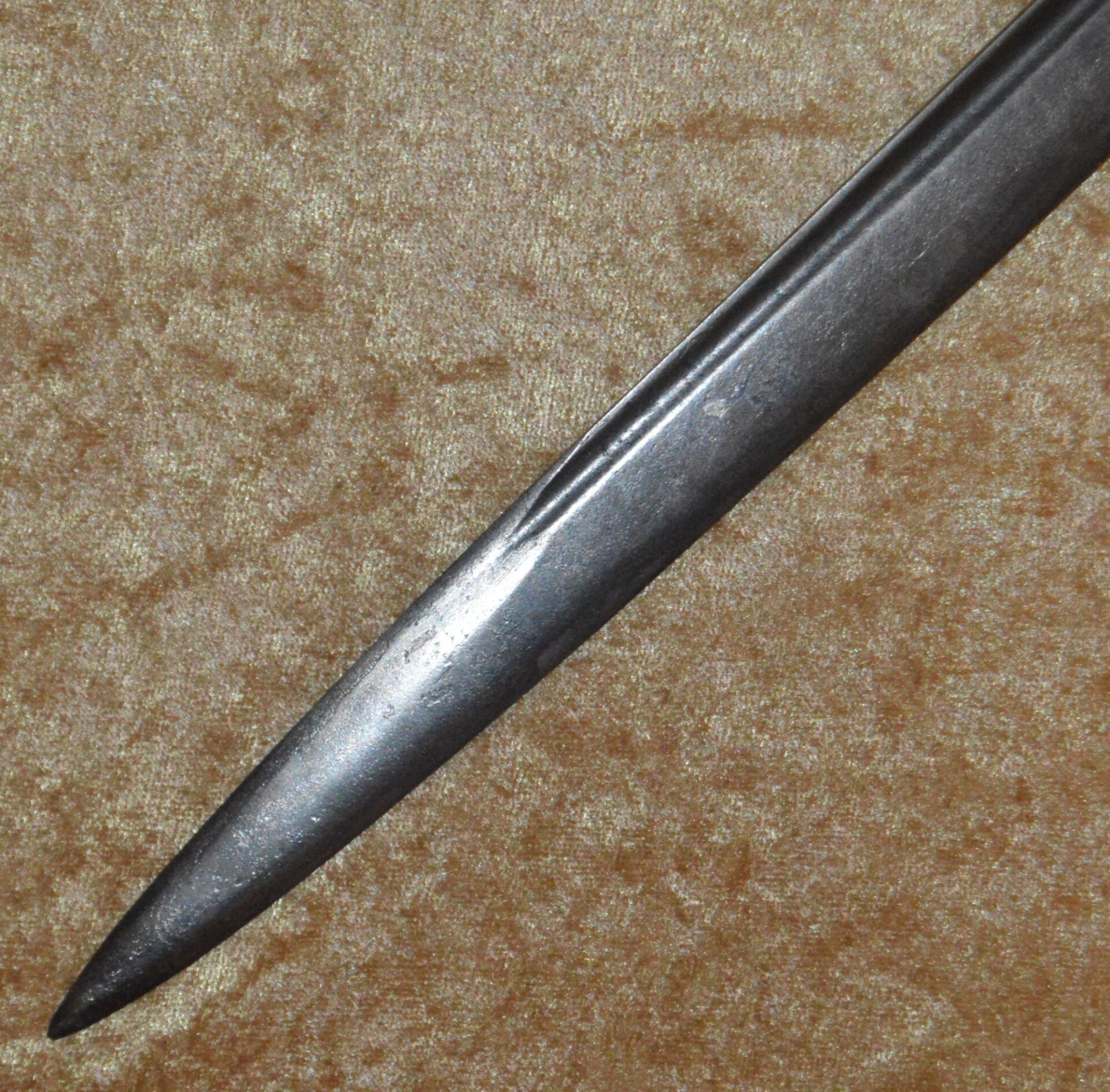
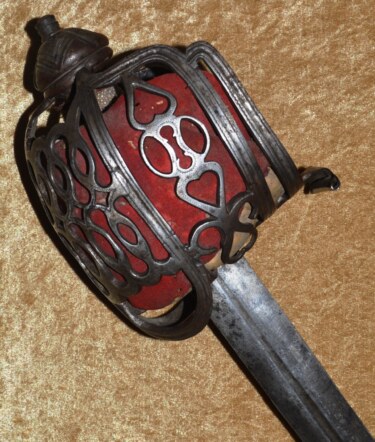 Important Scottish Basket-hilted Broadsword, the Hilt Signed by Walter Allan
Important Scottish Basket-hilted Broadsword, the Hilt Signed by Walter Allan
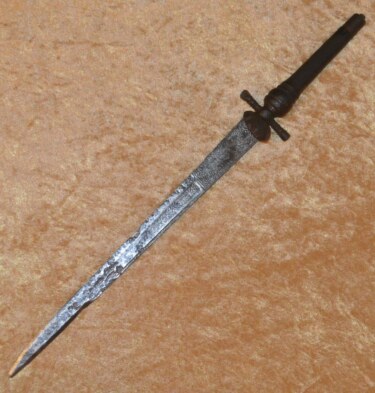 Fine Quality German Hunting Plug Bayonet, Mid-18th C
Fine Quality German Hunting Plug Bayonet, Mid-18th C 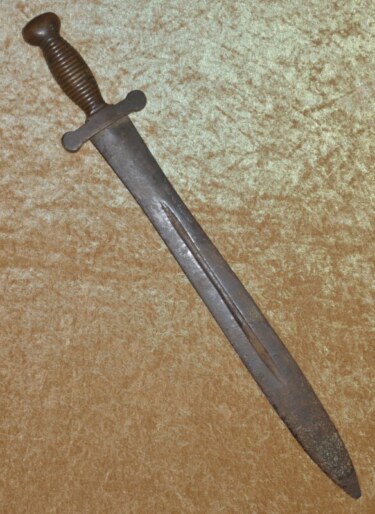 Scarce Confederate Artillery Short Sword by Boyle, Gamble, & McFee
Scarce Confederate Artillery Short Sword by Boyle, Gamble, & McFee  French First Empire Infantry Officer’s Sword
French First Empire Infantry Officer’s Sword